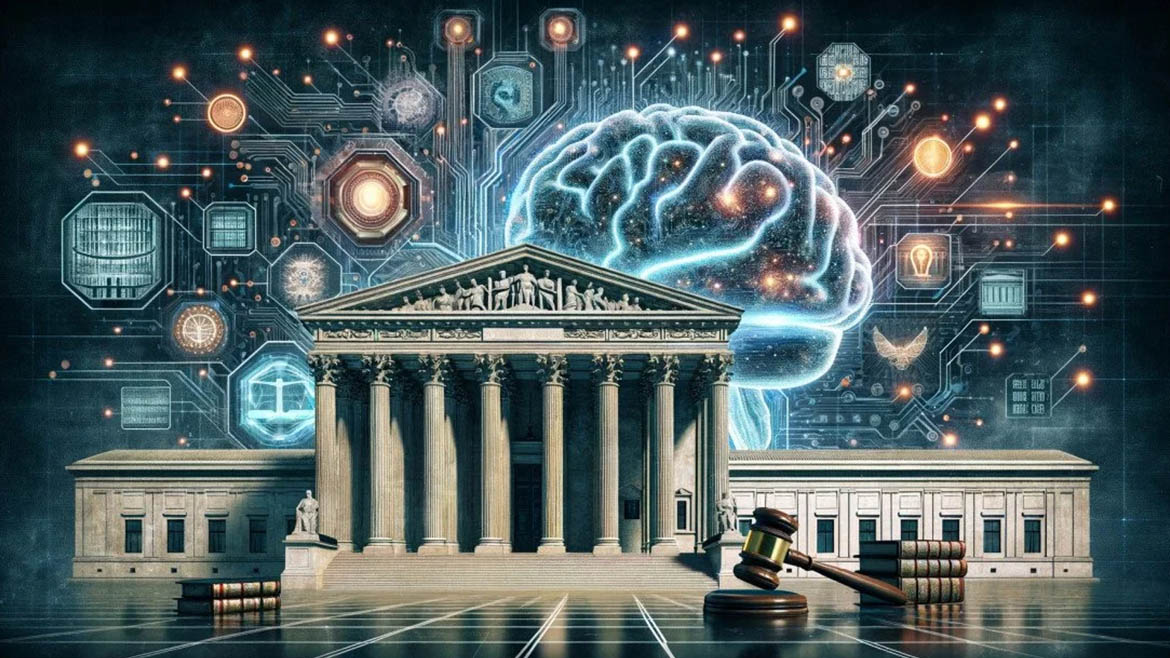AI brain decoding technology can convert brain activity into visuals.
Scientists from Japan’s National Institutes for Quantum Science and Technology (QST) and Osaka University have made a groundbreaking discovery by revealing the initial mental representations obtained from the human brain. This impressive accomplishment arises from the advancement of an innovative brain decoding technology that utilises the capabilities of artificial intelligence (AI) to convert complex brain activity into perceptible mental representations.
Deciphering the Cypher
Starting a complicated trip, the researchers showed the participants a thoughtfully selected group of over 1,200 pictures. Afterwards, they conducted a comprehensive analysis and measurement of the relationship between brain signals and visual stimuli using functional magnetic resonance imaging (fMRI). This careful method established the foundation for the innovative accomplishments that followed.
The mapping of brain signals was an important and careful step, serving as the key element for training an advanced generative AI. The sophisticated AI was then given the ability to understand and reproduce the mental images that came from the users’ brain activity. The result was quite impressive—vibrant representations of various items and scenery, including elaborate elements like a recognisable leopard and an aeroplane adorned with red-wing lights.
Looking Deeper
The wide-ranging consequences of this innovative brain-decoding technology go far beyond the limits of scientific investigation. Scientists expect its possible uses in healthcare and social support to be ready to transform the way people connect and comprehend each other.
An especially notable use includes the creation of new communication equipment. The ability to transform mental images into physical representations marks a new era in communication, offering individuals a powerful way to convey their thoughts without relying on spoken expression.
In addition, this technological advancement creates opportunities for a deeper investigation into the complex operations of the human mind. Scientists are ready to explore the enigmas of hallucinations and dreams, expecting a groundbreaking understanding of the intricate details of our cognitive processes. This represents a notable step forward in our shared comprehension of the intricacies involved in human cognition.
Further Reading: Reading Minds Via Artificial Intelligence
Within the realm of scientific achievement, a significant milestone has been reached in the successful visualisation of mental imagery for various natural images. This research introduces a new method of making mental images visible to others, which is different from past attempts that aimed to rebuild images based on observed brain activity. This methodology goes beyond the limitations of specific categories.
Stay Updated about the latest technological developments and reviews by following TechTalk, and connect with us on Twitter, Facebook, Google News, and Instagram. For our newest video content, subscribe to our YouTube channel.
Read More: AI Denied Patent Rights: UK Court’s Groundbreaking Verdict





